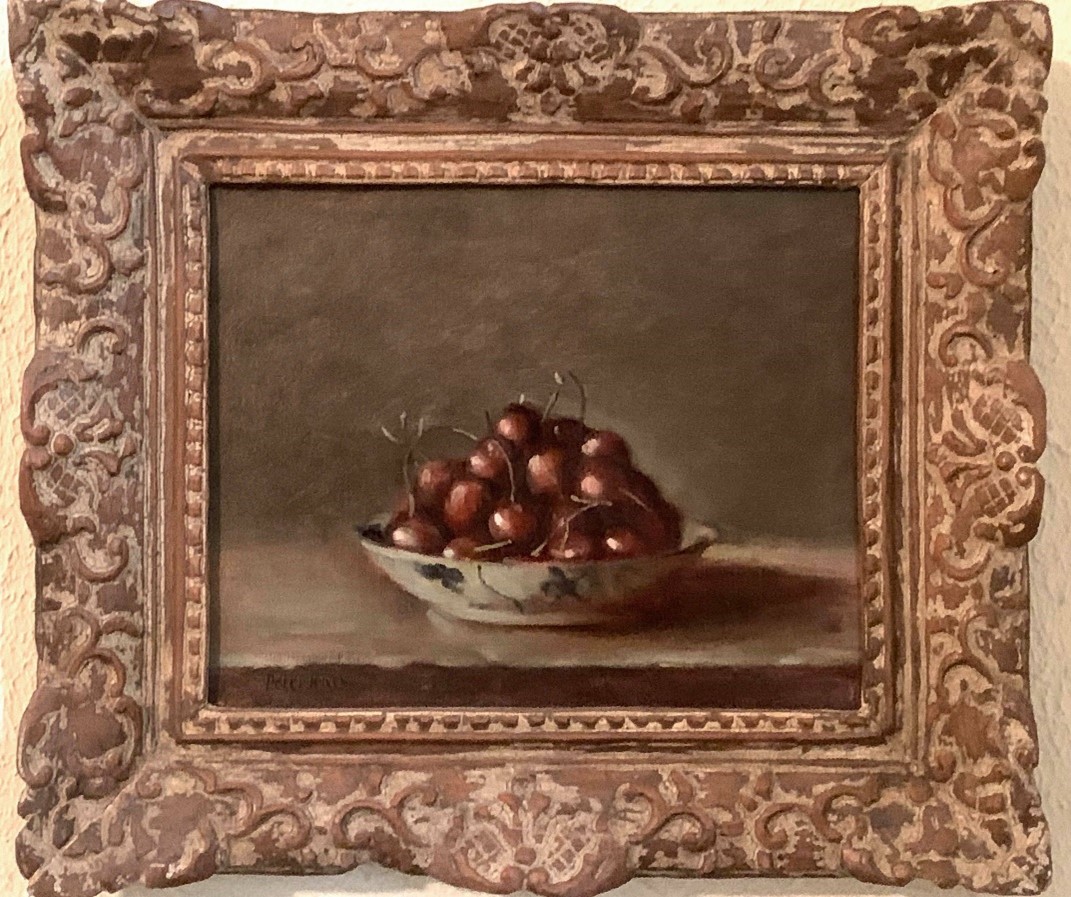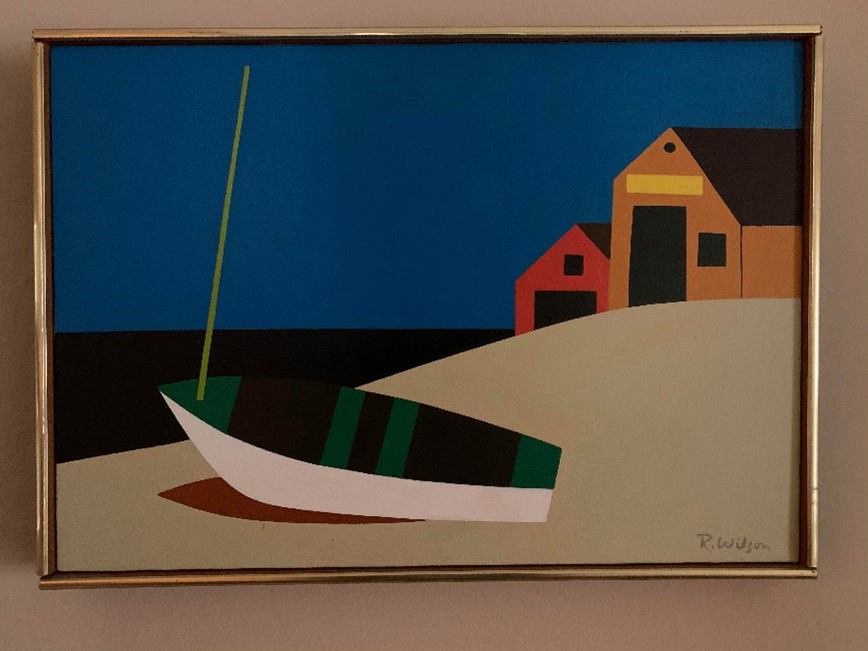In the universe of truisms, maxims, and words to live by, none is more dependable than “coloring outside the lines” as a metaphor for creativity. It’s frequently attributed to Einstein, and who knows, he may actually have said it. And it’s not a bad one. Coloring inside the lines, in this formulation, means that you’re allowing your creative impulses to be stifled by externally imposed limits; coloring outside the lines means you’re free from restraints, with no boundaries to your creativity. Just ask the numerous authors who have used this trope as a title (are they really coloring outside the lines by using it?). There’s the guy whose examples of street-smart INNOVATION, CUSTOMER EXPERIENCE, LEADERSHIP and EMPLOYEE ENGAGEMENT insights will inspire you. There’s the guy whose Business Thoughts on Creativity, Sales, and Marketing will encourage anyone with an entrepreneurial spirit by providing story after story of creative ideas and inspiration. There’s the Ph.D. who offers candid advice for parents who want to raise kids with gumption, ambition, creativity, inquisitiveness, and analytic and verbal proficiency. There's the story of two people who colored outside the lines to find their happily every (sic) after. There's an incandescent nebula of cascading colors erupting just under your fragile capsule. There's advice on coloring outside the lines for mentors and project managers and even poets.
But today I’d like to put in a few good words for coloring inside the lines.
Jazz is romanticized, most famously by the beats, as pure free expression, coloring outside the lines. But perhaps the purest example I know of coloring outside the lines is the experience Frank Foster had while playing a Jazzmobile concert. Jazzmobile is a New York City based (but now reaching farther afield) program to bring jazz to the people, setting up a mobile stage in communities and playing music to the streets and parks, places that people naturally gather. On this day, the featured musician was Foster, tenor saxophonist and longtime mainstay of the Count Basie band. A young guy carrying a tenor sax bounded up onto the stage and announced that he’d like to jam with Foster.
Foster, wanting to encourage young talent, said,” OK, let’s play a little blues in B Flat.”
He counted off the tempo, and started to play. The young guy raised the horn to his lips, and launched into the most god-awful cacophony of squeals and yawps and screeches, all over the map.
Foster said, “Hold on, what the hell is that?”
“I’m just playing what I feel,” the young guy responded.
Foster growled: ”Well, feel something in B flat, motherfucker.”
The young guy was what the great drummer Philly Joe Jones called a “bag carrier…The bags they carry their instruments in. They've been carrying their horn around for maybe a year. Soon as they get an opportunity, if somebody will allow them to get on the bandstand, they jump on and don't know anything about the horn and just make a bunch of noises.” (From Notes and Tones: Musician-to-Musician Interviews, by Arthur Taylor). He hadn’t learned, and perhaps never would, that in order to color outside the lines and have it mean something, you have to know where the lines are. And the way you find out where the lines are is by coloring inside them for a while. And sometimes, that time spent coloring inside the lines can teach you that there’s a whole universe inside those lines, and you could spend a lifetime exploring it.
As a visual artist, I spend a lot of time coloring inside the lines. I’m interested in what happens when a form in space stops happening, and a different form starts. And I’m interested in what happens when there’s no such clear demarcation—when colors blend and merge, and one hue or form gradually becomes another. The former involves creating lines, the latter blurring them.
And as a poet who often writes in verse forms, I’m exploring yet another way to color inside the lines. Lines that end in words which rhyme with each other, and keep doing it, in the same pattern, over and over – and in stanzas that are all the same length! Poems that end exactly fourteen lines after they’ve started! Poems in which, at regular intervals, the exact same words are repeated!
And yet within those visual forms, those verse forms – those lines – there is room for so much subtlety, so many gradations, so much room for exploration. Going back over to the metaphor of visual art, the painter Peter Jones colors within the lines on his palette, restricting himself to a drastically limited palette, partly for the challenge of it, and partly “because limited palettes make it easier to produce tones that are repeated, therefore increasing unity.” His painting of cherries

uses "Titian's underpainting palette- Ivory black, yellow ochre, venetian red and white. Black and ochre make greenish tones, cool black and white make bluish tones next to browns (complementary).”
Jones cites another Woodstock, NY, painter, one of his mentors, Reginald Wilson, who did just the opposite: he made it a point never to use the same color twice in a painting. Did this mean that Wilson was rebelling against the limited palette, coloring outside the lines?

Not really. The choice never to repeat a color results in the creation of a series of discrete elements, each one of which involves the creation of lines and then coloring inside them. It's the exact opposite, and yet a perfect complement to the limited palette, where gradations are important, where all lines are blurred, and that is only made possible because the artist is coloring inside the lines of a limited palette. There are more ways to the woods than one.
Once you’ve made the decision to write a poem in a form, you’re ready to start exploring within it, and that means pushing those lines, testing their limits. You’re writing a poem in quatrains with an ABAB rhyme scheme? Yeah, but those rhyme words are simple and direct or clever and unexpected, whole or slant, mono- or multisyllabic. You’re breaking up a line with a caesura, putting an enjambment at the end to refuse to end it, reversing metrical feet. Sometimes you create those variations and tensions and displacement because it’s too hard to get it exactly, metronomically right and sometimes because it’s too easy. You start boring yourself, and you can only imagine what boredom awaits the unwary reader. W. B. Yeats crafts an iambic pentameter quatrain which feels songlike in its regularity, but isn’t quite. Three of the four lines are perfectly regular, but the second line starts with a trochaic inversion which is separated from the rest of the line by a comma, and is stopped again in the middle by another comma right in the middle of an iambic foot. The second and third lines end in enjambments, which means that like Schrodinger's cat, they end and don't end at the same time. The first line could, grammatically, have a comma after "and," but Yeats chooses against it, so the line is not competing for rhythmic complexity with the second line.
In other words, as soon as you make the decision to color inside the lines, you start rebelling against that decision, against those lines—but the rebellion takes place within the lines. In those poems that use refrain lines – the same line or lines repeated over and over throughout the course of the poem—the power comes both through the repetition, and the subversion of the repetition, as the lines take on a different emphasis, and even a different meaning in context. One of the most deservedly famous examples of repeated refrain lines is Dylan Thomas’s villanelle, “Do Not Go Gentle into that Good Night,” which accumulates power as different types of men confront their mortality and their awareness of the incompleteness of life, and finally reaches its apex of power when it comes back to himself and his father.
And if coloring inside the lines means pushing toward the outside, is the reverse true? If you’re coloring outside the lines, are you always looking for a way back in? Could be. Unlike the young bag carrier who was admonished to feel something in B-flat, the really creative types who color outside the lines do it with a clear knowledge of what the lines they’re coloring outside of are. T. S. Eliot wrote about the former, coloring within the lines with that irrepressible desire to bust out:
“But the most interesting verse which has yet been written in our language has been done either by taking a very simple form, like the iambic pentameter, and constantly withdrawing from it, or taking no form at all, and constantly approximating to a very simple one. It is this contrast between fixity and flux, this unperceived evasion of monotony, which is the very life of verse.”
And he also wrote about coloring outside the lines with that irresistible pull back in:
“The ghost of some simple metre should lurk behind the arras in even the ‘freest’ verse; to advance menacingly as we doze, and withdraw as we rouse. Or, freedom is only truly freedom when it appears against the background of an artificial limitation.”
Formalist John Hollander recalls his friendship with wild man Allen Ginsberg at Columbia: “We talked about the minute particulars of form as if mythological weight depended upon them.”
The wonderful poet Halvard Johnson wrote sonnets that broke every rule of sonneteering except that they were (usually) fourteen lines long, and yet they felt like sonnets just as much as they felt like anti-sonnets. Here's one:
And how does another wonderful poet, Karen Alkalay-Gut, announce her principled allegiance to coloring outside the lines? In a free-verse villanelle.